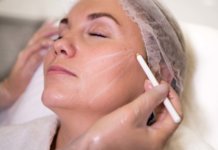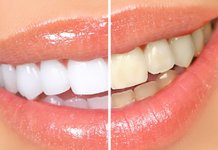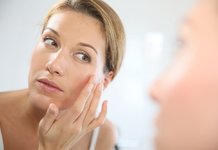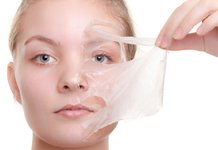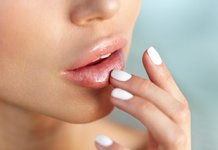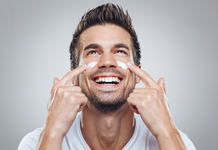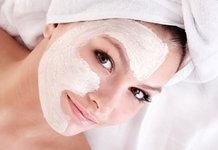
A fine-grained, dusty rock that acquires plasticity when moistened is called clay. It contains kaolinite minerals, aluminosilicates, particles of carbonate, sand and other sedimentary rocks. Such a description is suitable for determining building material, but not a beauty product. However, clay is successfully used just for cosmetic purposes, including hair restoration and strengthening.
The benefits of clay for hair
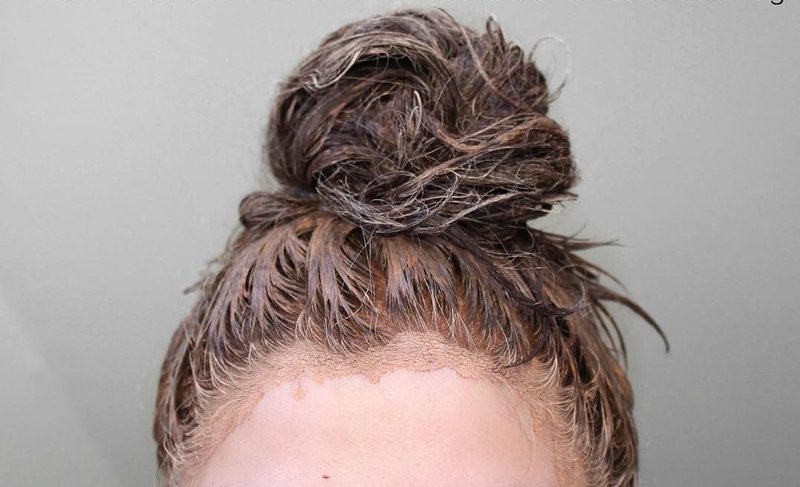
What is the secret of clay composition if it is able to beneficially influence not only the skin, but also the hair? One of the main effects of mineral pulverized rock is adsorption ability dirt accumulated on the hair as a result of the external environment and the natural secretion of the sebaceous glands of the head. In this case, unlike artificial cosmetic compositions, clay does not clog the space between keratin scales, due to which the hair structure retains the ability to “breathe”. Clay also contributes to the rapid regeneration of the damaged hair structure due to the presence of silicon in its composition.
Additional useful properties of clay include:
- Elimination of increased sebum secretion, beneficial effect on the skin damaged by yeast fungicides of the species Pityrosporum ovale, provoking the appearance of seborrhea;
- Natural adsorption of toxins by clay;
- Clay accelerates the activation of the growth phase of hair follicles;
- Moisturizing the scalp.
Cosmetic clay for making masks can be bought at any pharmacy. In order to achieve the desired result, it is recommended to use such compositions with clay no more than twice a week. However, it is important to choose the type of clay that is suitable specifically for you and your hair type.
Kinds
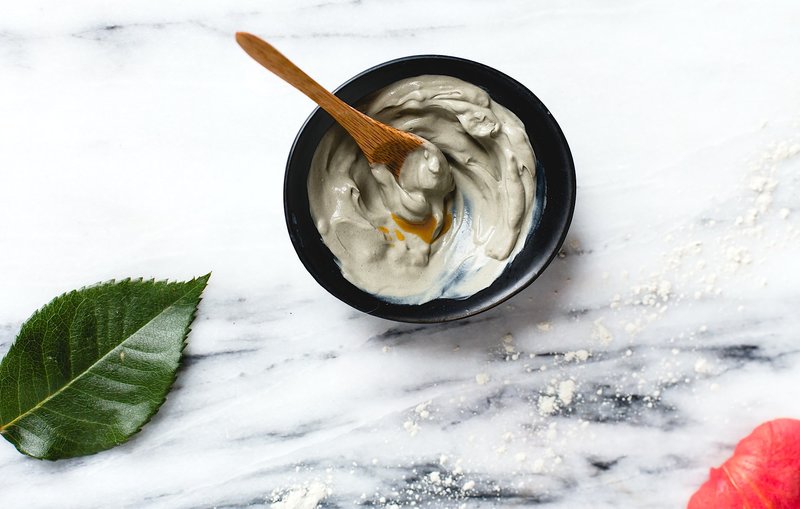
There are about a dozen types of cosmetic clay, depending on the color, indicating its geological origin. The following are suitable for cosmetic purposes. types of clay:
- Green clay - the most popular tool for the manufacture of masks applied to the scalp. It is used for prone to rapid hair contamination and to eliminate oily seborrhea. Green clay is used to cleanse and relieve itching, as well as protect hair from aggressive environmental influences. The composition of the substance contains rare beneficial trace elements such as silver, magnesium and zinc. Green clay actively strengthens the hair structure and reduces the intensity of sebum production by the sebaceous glands;
- Blue clay - Suitable for masks designed to enhance hair growth. It stimulates the hair follicles to exit the resting phase, due to which the hair grows at a higher speed. Blue clay is also used to treat and / or prevent alopecia, restore the natural shine of hair and eliminate increased fragility. The chemical structure of clay contains aluminum, silicon and iron, which help strengthen hair and improve its health;
- Gray clay - suitable only for hair prone to dryness, as well as in the presence of split ends. It is not suitable for oily hair.The advantages of gray clay include the regenerative effect and moisturizing effect;
- Red clay - has a beneficial effect on thin, depleted hair, supplying them with the elements necessary for natural recovery. Red clay is good there that it can be used even with high sensitivity of the skin of the scalp;
- White clay - regenerates the damaged structure of the hair and returns shine and silkiness to the hair. White clay is considered one of the most potent remedies among analogues. Masks based on it are designed to give the hair volume, moisturize curls, prevent hair loss and brittleness;
- Pink clay - is a mixture of white and red clay, combining the best characteristics of both types. It is added to the composition of masks intended for damaged hair and scalp after intense dyeing, the use of low-quality hair dye, aggressive perm. The use of pink clay helps to normalize the acid-base balance of the scalp and activates its blood circulation;
- Yellow clay - It is effective to suppress the excess work of the sebaceous glands of the scalp, which is the cause of rapid hair contamination. It also helps to eliminate dandruff;
- Black clay - reduces brittle hair, helps to "seal" the layered keratin scales, causing the appearance of split ends. Its composition includes nitrogen, potassium, calcium, phosphate, silica, magnesium, strontium, iron, quartz and radium. Such a powerful composition has an instant tonic effect on the hair and eliminates the effects of even the most severe damage.
If you decide to try clay hair masks, do not change the appearance of the product every time, trying to determine your preferences. Such an experiment may adversely affect the state of hair, and recovery will be delayed. We recommend changing the composition of the mask no more than 2 times a month.
Application features
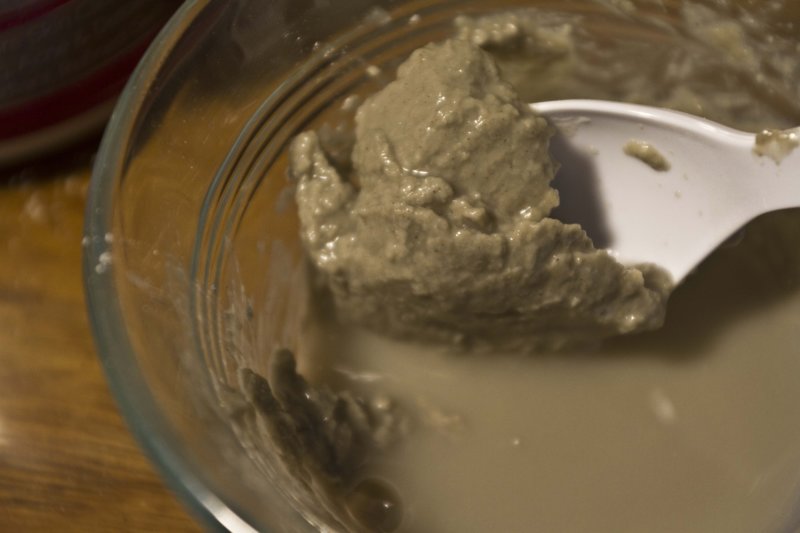
Before applying a clay mask, calculate exactly how much crushed rock is needed for hair of your length and volume. It is logical to assume that curls longer than the shoulder blades will require more composition than shorter hair.
There are several unspoken rules for how to use clay to prepare a nourishing mask:
- It is not worth putting clay on a hair in a dry form. In order to make a mask with clay, you should dilute a small amount of powder in a liquid (water or other component). By consistency, the composition with clay should resemble thick sour cream and hold on a spoon, and not drain down. If you are mixing a mask with clay on the water, it is better to take mineral water without gas, settled water or thawed snow;
- Some traditional healers recommend apply for clay mixing burdock or castor oil. However, the most useful option is a herbal decoction of nettle, burdock, chamomile, peppermint or calamus. So that the clay mask has a pleasant aroma, you can add a couple of drops of essential oil to it;
- The clay mask should be stirred in a ceramic, glass or wooden bowl. Plastic and metal are not suitable for this purpose;
- When preparing a mask with clay, do not get carried away by adding additional ingredients. Do not show imagination and disrupt the formulation of the drug, otherwise you can achieve an unpredictable result;
- Before applying to curls, a mask with clay Heats up 3 - 5 minutes in a water bath. Do not overtake it on fire so that the mixture does not bubble with bubbles. If you still overheated the composition with clay, wait until it cools down to an acceptable temperature, and only then distribute it in strands;
- Total mask holding time should not exceed 40 - 60 minutes. Other sources indicate half an hour.To determine the time period that suits you individually, we recommend starting with a small period of time (25-30 minutes) and, in the absence of side effects, gradually increase the duration of the procedure to the maximum allowed. It cannot be exceeded, otherwise the development of an allergic or undesirable chemical / thermal reaction is possible;
- The effect of the mask will be more effective if, after applying, you wrap the hair with a film, and insulate the head itself with a cap or cap;
- To wash off clay from hair is better with warm, but not hot water. After the procedure, you can rinse the curls again with the infusion of grass or acidified with lemon juice water. Please note that for a complete washing off of the product from the hair, about 2 to 3 shampoo rinses may be required. Therefore, it is useful after moisturizing the tips with a nourishing balm or conditioner.
Please note that the standard course duration for clay-based healing masks is no less than 10 procedures. They can be repeated every 3 to 4 days. Do not use clay masks daily, this will lead to overdrying of the scalp. Also for this reason, clay compositions are applied to dirty oily hair before washing.
Clay mask recipes for hair
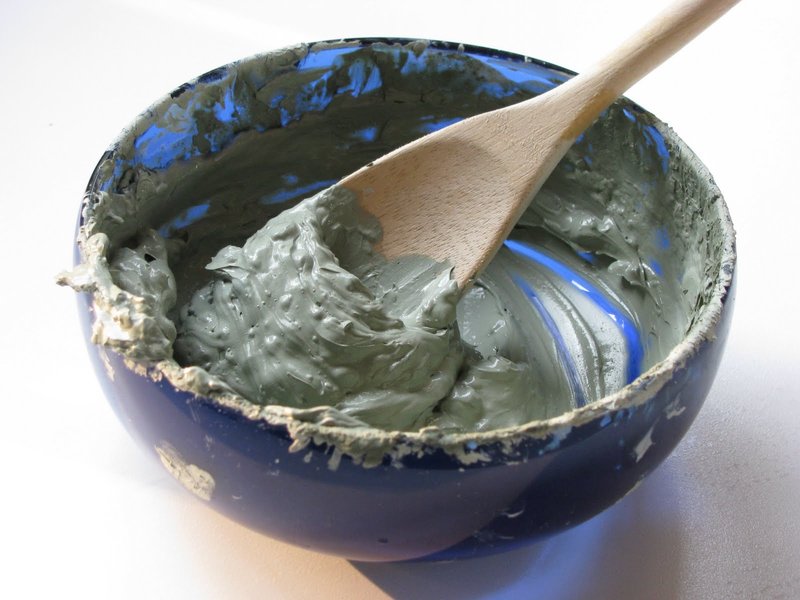
Since there are many types of cosmetic clay suitable for different types of hair, the formulation of masks based on it is also quite diverse. It is advisable to use additional components with a greasy texture, which will help to create a homogeneous mass, convenient for application to the hair, and facilitate subsequent washing of the head.
The most popular ingredients for adding to a clay mask are:
- Kefir, sour cream, whey or natural yogurt;
- Raw egg yolk;
- Honey;
- Vegetable oils - burdock, olive, argan, castor, rapeseed;
- Essential oils (ethers) - geranium, tea tree, camphor, lime, myrtle, lemon, orange, basil, sage, rosemary;
- Aloe juice;
- Herbal decoctions based on chamomile, linden, nettle, burdock, string, calendula;
- Gelatin;
- Glycerol;
- Henna;
- Onion juice;
- Lemon juice;
- Apple vinegar;
- Alcohol tincture on green nuts;
- Sea salt;
- Grated nutmeg;
- Freshly squeezed carrot juice.
We remind you that it is better to breed the mask with mineral or melt water, but not with tap water. Other recipe features are listed below depending on the type of clay.
With red
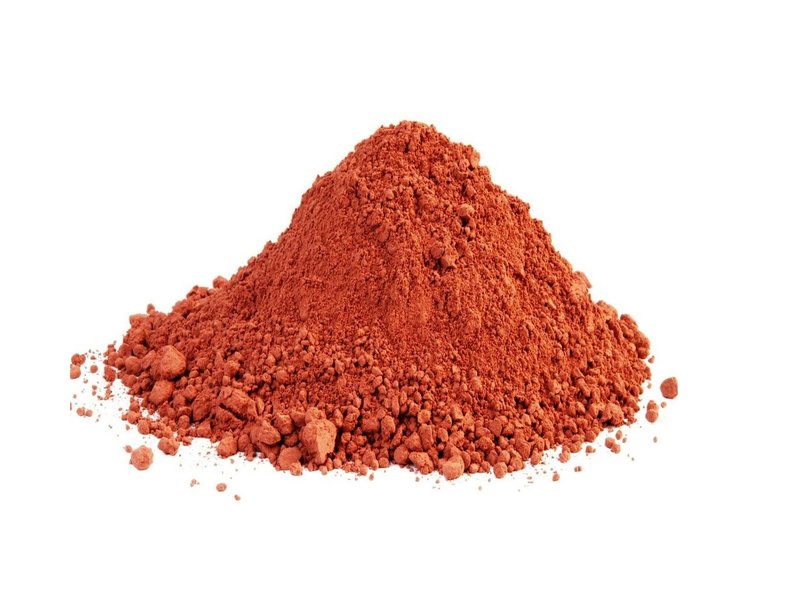
Clay of red color is a real salvation for girls, who are often forced to wash their hair because of quickly greasy hair. An additional component of the treatment mask is kefir: lactic acid in its composition has a cleansing effect and gently moisturizes the scalp, while clay dries it, preventing an increased accumulation of sebaceous secretion. To prepare the mask, heat half a glass of kefir in a water bath to a moderate temperature (so that the protein does not curdle) and add so much clay to it so that the mixture turns out to be thick enough.
Apply the mask to the hair, having well missed the roots, and rub into the skin with massage movements. Put a protective cap on your head. After an hour, you can wash your hair with cool water (shampoo is not needed). Mask fits and for moisturizing dry hair, however, in this case it is kept half as much, and the crushed egg yolk is added to the composition.
With blue
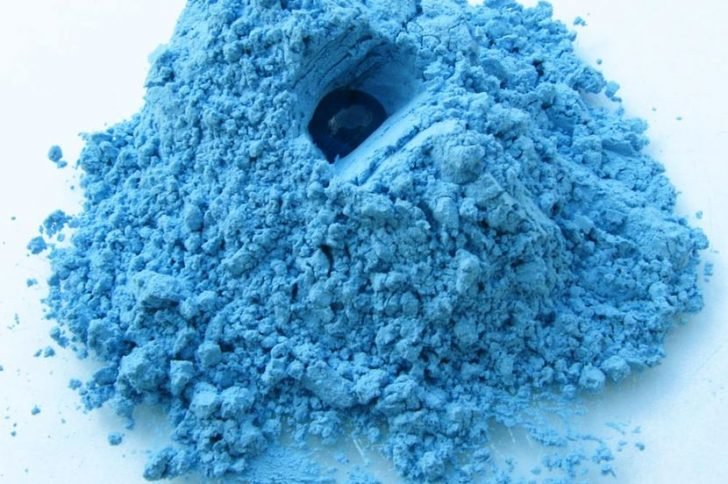
On the basis of blue clay, many masks are prepared for damaged hair or the elimination of other problems associated with the state of hair. We recommend the following four recipes:
- To strengthen the roots - Two tablespoons of clay are diluted with warm water in half with lemon juice. Thicken the mixture with honey and add raw yolk. The mixed mass is applied to the hair roots. Insulate your head and wait 30 minutes. Then rinse with warm water without using any additional cosmetics;
- To boost growth - Mix three tablespoons of clay with mustard powder (1 tsp.).Pour a teaspoon of apple cider vinegar into the mixture and drip a little alcohol tincture of arnica. Heat the resulting mass in a steam bath and keep it on the roots for a quarter of an hour;
- For normalization of the sebaceous glands scalp - soak a bag of gelatin with warm water, and when it swells, heat it over a fire until the granules dissolve. Mix the liquid mass, warm water (at the bottom of the glass), a tablespoon of colorless henna and as much blue clay. Apply the mask to the hair and keep it for 30 - 40 minutes. The composition is washed off with water without shampoo;
- Against hair loss - Knead clay powder in water in half with onion juice (about a quarter cup), add a teaspoon of honey. Warm the mask and distribute through the hair, rubbing massage movements into the scalp. Insulate your head with a hat. After 30 minutes, rinse the mask off with warm water.
With pink

A mask made of a mixture of white and red clay is used if you are tired of dealing with seborrheic dermatitis and its consequences, namely, a white “bloom” on clothing called dandruff. An effective composition from oily, dry and mixed seborrhea is prepared in this way:
- Two tablespoons of fine-grained powder from dusty rock are bred in the herb infusion of calendula or chamomile. Herbal broth should be warm. The consistency of the finished gruel has the texture of thick sour cream;
- Add the crushed raw yolk and a tablespoon of apple cider vinegar to the mixture;
- Apply the mixture to the hair without touching the ends, and wrap your head with a film and a scarf;
- After 40 minutes, rinse off the mask with warm water and moisten the ends with balm.
If, in addition to seborrhea, you get an itch and your scalp is hypersensitive, try mask of a different composition:
- Take an equal amount of pink clay and sea salt and dilute them with a decoction of a string to a thick consistency;
- Apply a lot to wet hair, paying attention to the root zone;
- After half an hour, wash your hair with water without shampoo.
The second mask is suitable even for those who suffer from psoriasis, dermatitis or other dermatological diseases of the scalp.
With white
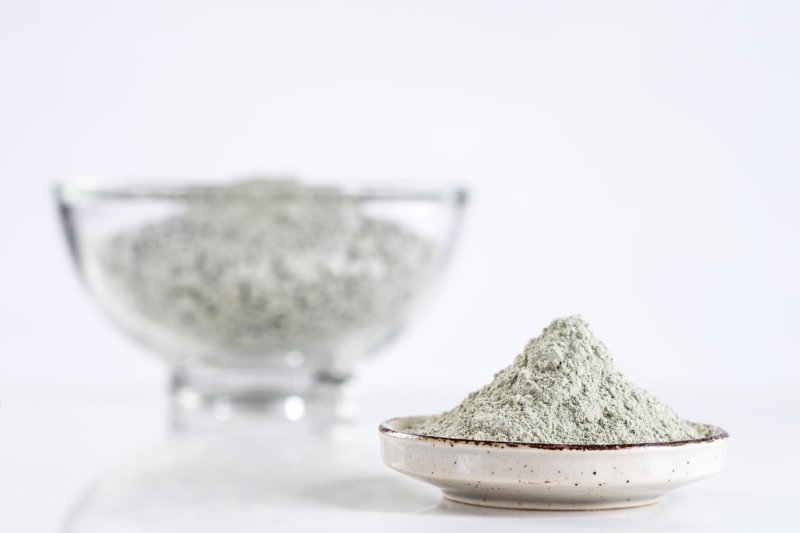
White clay is very popular for mixing masks, but the following two recipes give the most noticeable result:
- Dilute two tablespoons of clay substance with kefir to form a thick slurry and add one bell pepper, crushed in a blender. The mask is applied along the entire length of the strands and lasts about an hour. Such a composition well removes increased oily hair and at the same time nourishes the hair follicles;
- Take half a glass of milk with a high percentage of fat, heat it for 20 seconds in the microwave and dilute them with the required amount of white clay to get a thick mixture. When applied to the hair, the composition has an anti-inflammatory effect on the scalp, nourishing and moisturizing damaged hair.
With gray
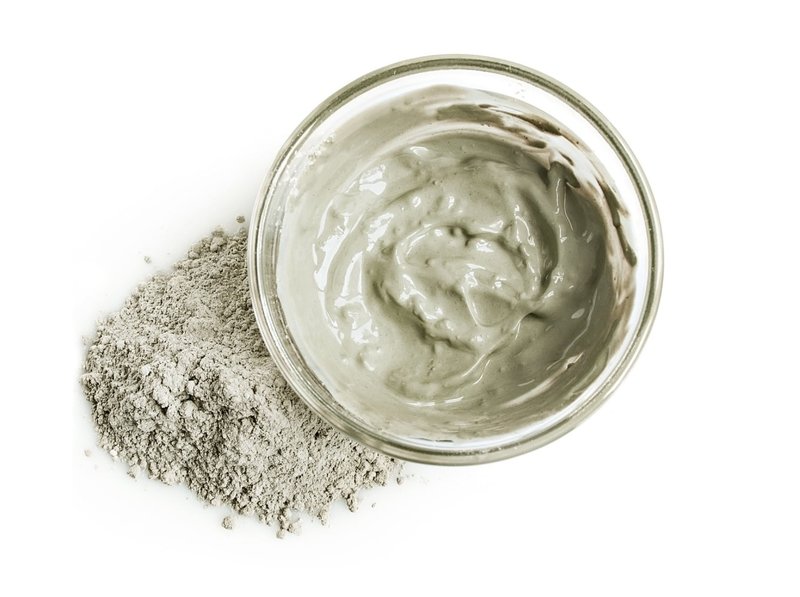
Gray clay tones up dry hair quickly and gives extra volume to normal hair. To prepare such a booster mask, mix a tablespoon of sea buckthorn oil with 10 g of dry mineral powder, add fresh honey and add the crushed yolk to the mixture. Mix the mass thoroughly so that there are no lumps. Before applying, heat it in a water bath. To better distribute the mask over the strands, use a brush.
Oiled hair is warmed with a cloth (remember that sea buckthorn oil strongly colors the elements in contact with it in orange and does not wash well). After an hour, rinse off the mask with foamed water.
If you want to make a vitamin “cocktail” for hair based on gray clay, dilute it in fresh carrot juice. It should be prepared at home (packaged juice with added sugar will not work). Apply the product on clean, damp hair and wrap it with a film. After half an hour, wash your hair. The light orange tint that the scalp will acquire should not be confusing: this is the effect of the carotene contained in the pulp of carrots.
With black
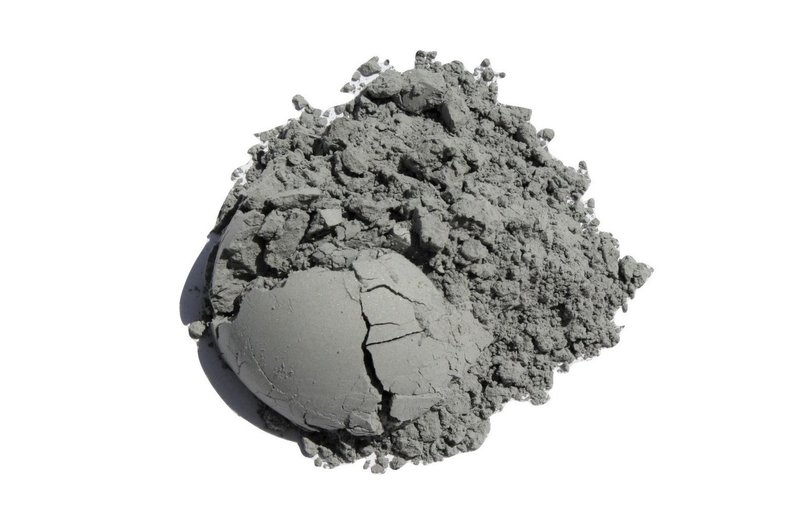
Black clay is an excellent adaptive component for making hair masks, but in its pure form it is better not to use it. It has an effective effect in combination with ingredients such as sour cream, honey, oils, apple vinegar, egg yolk and decoction of lemon balm, mint or nettle. The most popular recipes are:
- For hair growth - Mix a spoonful of clay substance with a raw yolk and a teaspoon of honey, apply to the hair roots and leave for 20 minutes. The product is washed off with warm water without shampoo;
- To eliminate high fat content - Dilute 1 tbsp. l clay in a quarter cup of mineral water without gas and add 10 g of apple cider vinegar. When applying the mask, make sure that the composition does not get into the eyes. Wrap the treated head with plastic wrap and insulate with a cap. After 25 to 30 minutes, wash your hair without using shampoo. Rinse hair with water, acidified with lemon juice;
- For dry exhausted hair - Knead a clay mask (10 - 15 gr.) In warm milk (200 ml). Drop one ampoule of liquid vitamin A and E into the mixture, add a pinch of cinnamon. Distribute the composition along the entire length of the strands and leave the mask under a hat for an hour, and then rinse with cool water.
Please note that black clay masks are used only once a week. This type of clay is not suitable for blondes because of the presence of a weak coloring effect.




